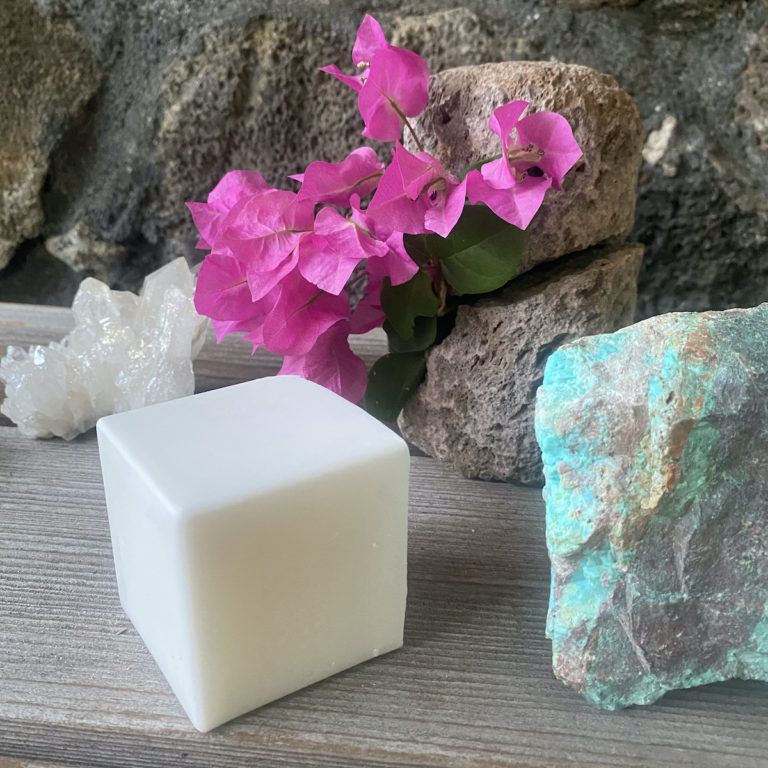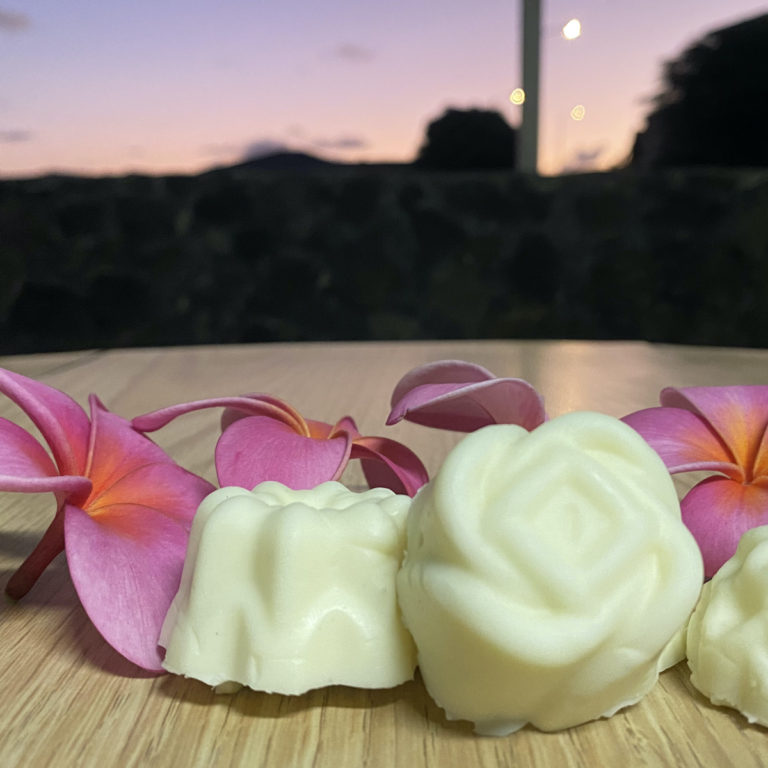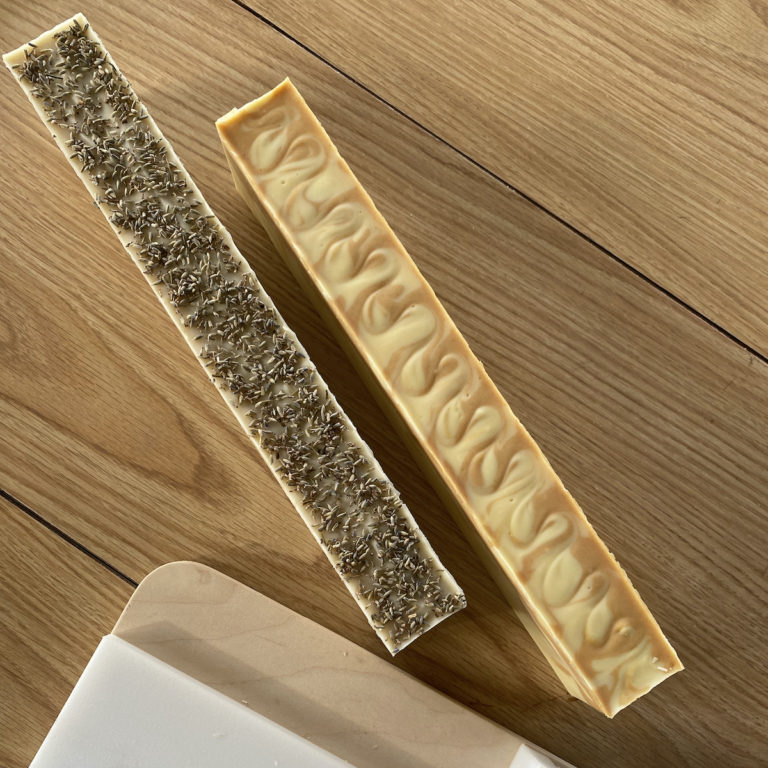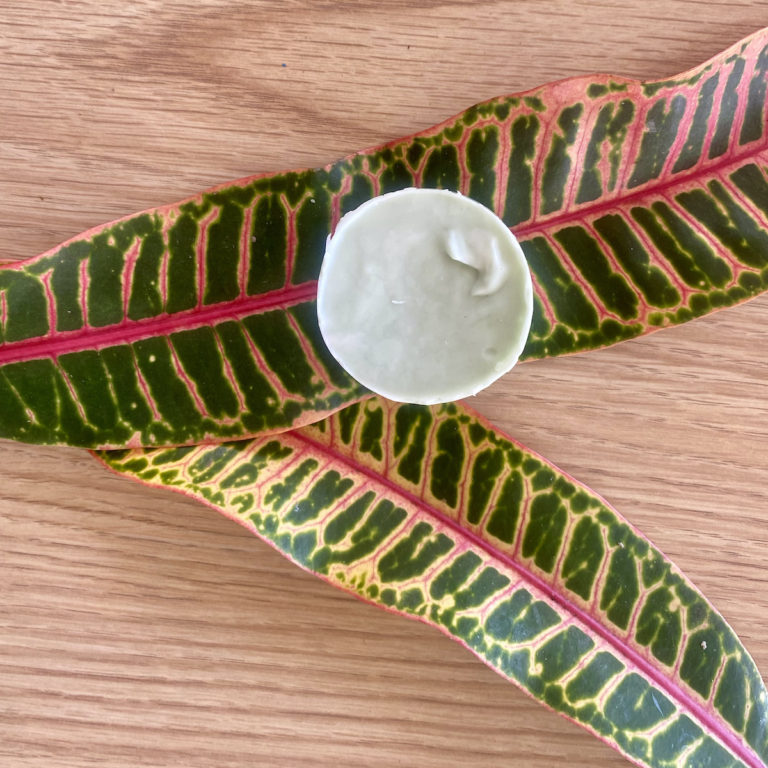How To Prevent False Trace
Turning fats and lye into soap is an art and a science. No one knows this better than those who have experience with soapmaking and thus understand all the ways in which the process can fail.
Hitting a false trace is one of the ways to fail, and it happens to many.
What Is False Trace?
False trace is when you think you’ve reached trace or at least proper emulsification because the soap batter starts thickening up nicely, but the batter was actually deceiving you. This can happen when your soap contains some fats that are solid at room temperature like how shea/mango/cocoa butters or coconut and palm oils are in many climates. If the solid fats weren’t thoroughly melted or the batter is too cool, those fats start solidifying again lending a thick appearance to the batter, without any actual saponification taking place.
The result is soap that isn’t properly mixed, and won’t saponify, so it starts separating in the mold instead of turning into the beautiful soap you hoped for. If it does saponify and you do get a functional bar of soap out of it, you may find that your soap contains white “stearic acid spots” throughout the bar.
False trace is unlikely if you’re making a true castile soap (olive oil as the only fat) since it doesn’t contain any fats that are solid at room temperature. The same is true of other soaps that contain only liquid oils.
So, how do you know if your soap has reached a real trace vs a false one? First, let’s get clear on what we mean when we say trace.
TRACE = emulsification (or really really really thorough mixing) of oils and lye water (or lye-containing solution)
At first you’ll reach a thin trace/emulsification when everything is mixed up properly. People say its like a thin cake batter.
With time (and/or more stick blending), this thickens to medium trace (which some describe as thick cake batter) and then thick trace (pudding consistency).
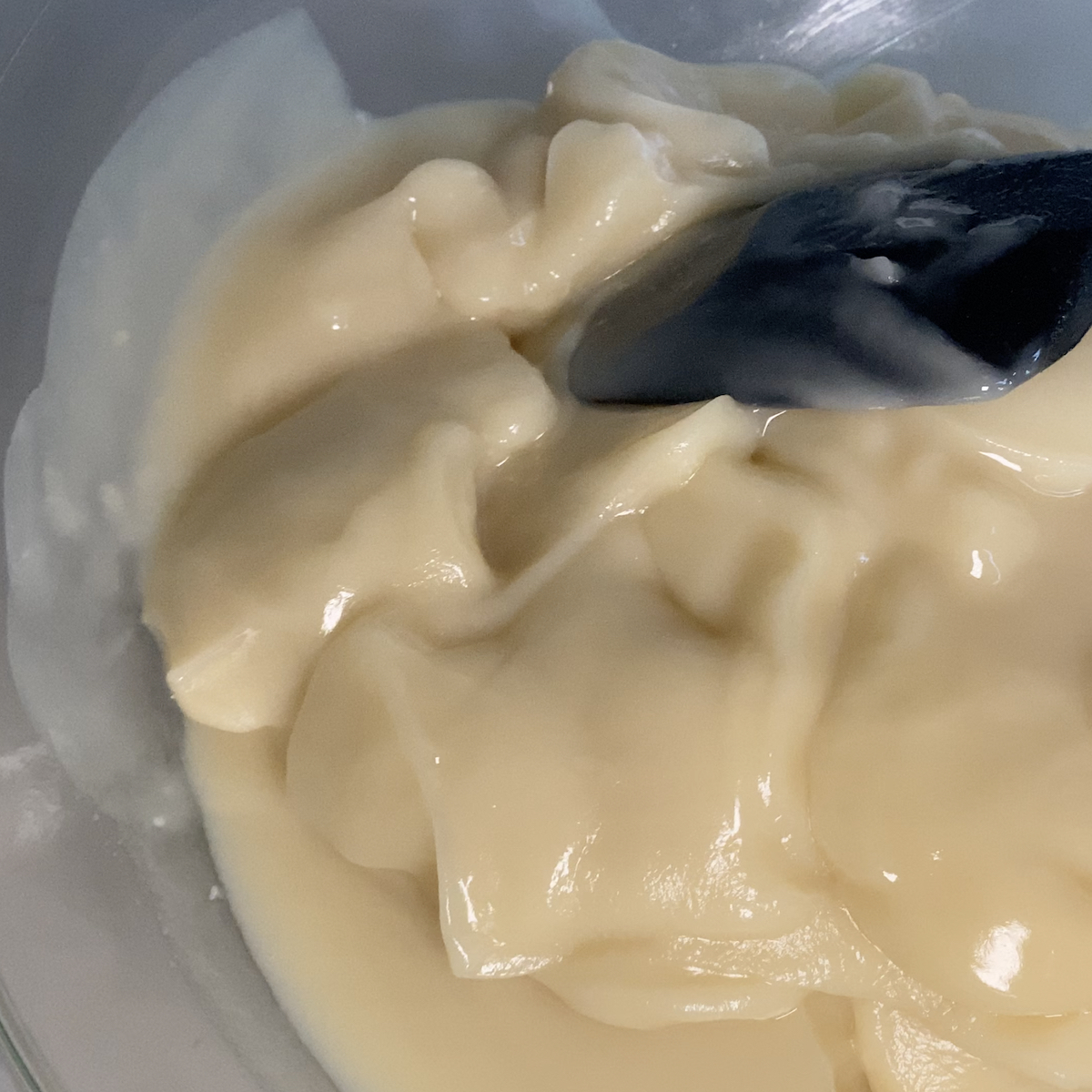
You can pour your soap into its mold at any stage of trace depending on what you’re trying to achieve, but to make sure you’re actually at a real trace, take a look at your batter.
How To Prevent False Trace By Observing Your Soap Batter
Do you see any streaks of oil at all in the batter? If so, mix some more because you haven’t really reached trace.
Once you don’t spot anymore loose oil streaks, it doesnt hurt to keep mixing or blending for a little while more, just to be on the safe side and make sure everything is thoroughly incorporated.
Many factors affect trace – some speeding up trace like clays, certain fragrances or essential oils, and higher soaping temperatures. Some slow it down like higher water content in the recipe or lower temperatures.
Know that for each new recipe, you’ll need to relearn how the new variables affect the process, including the ever-important trace.

